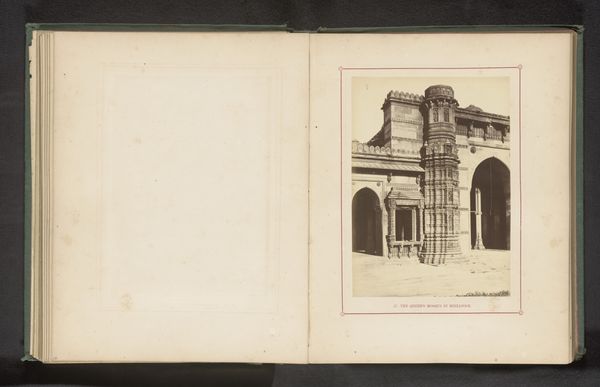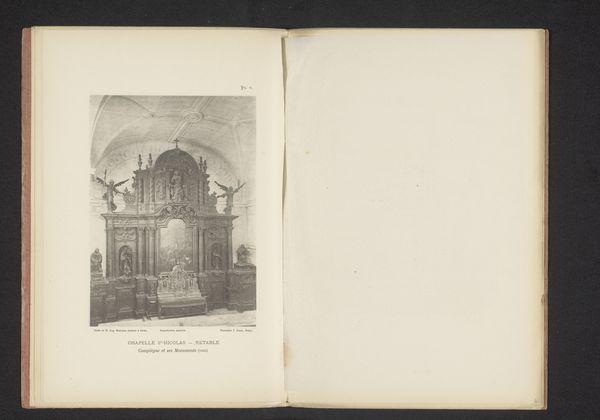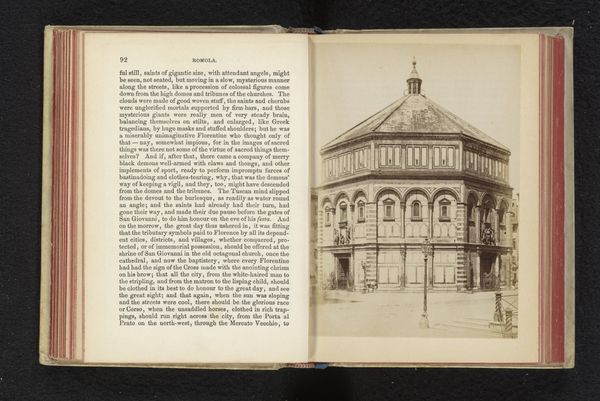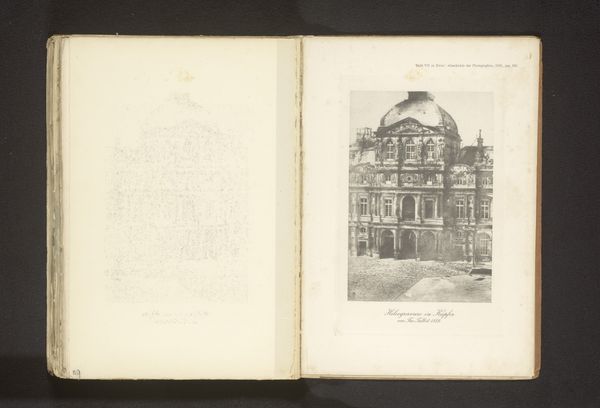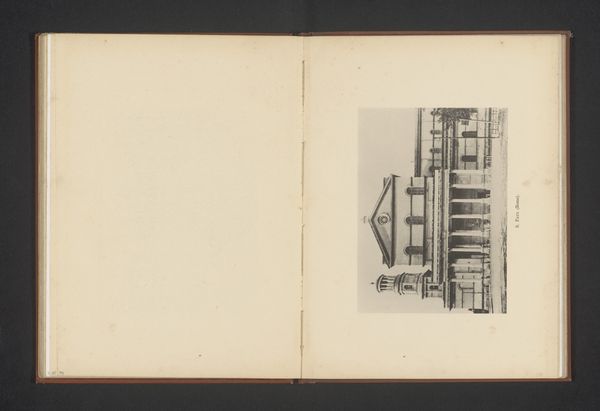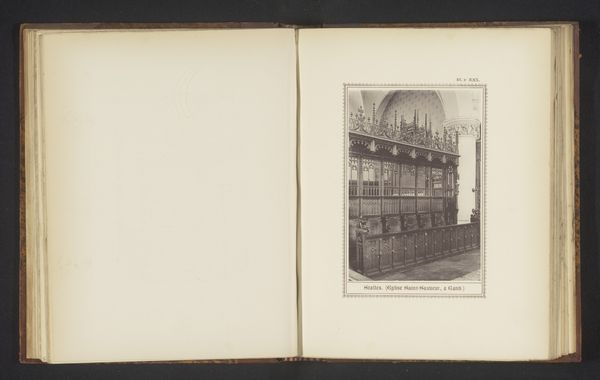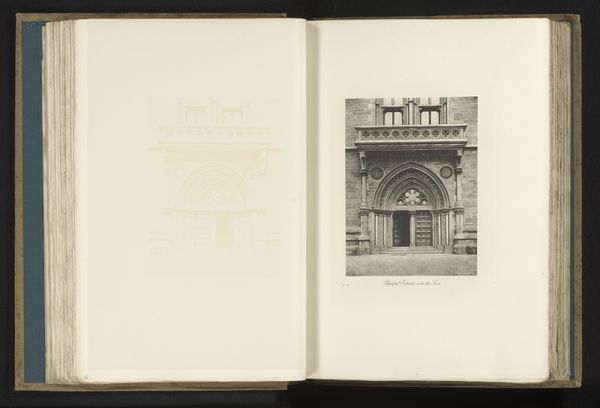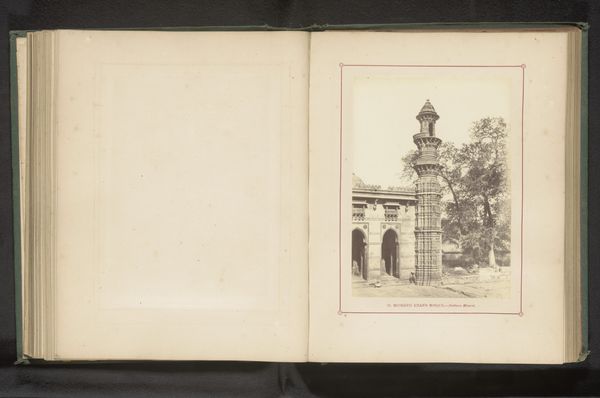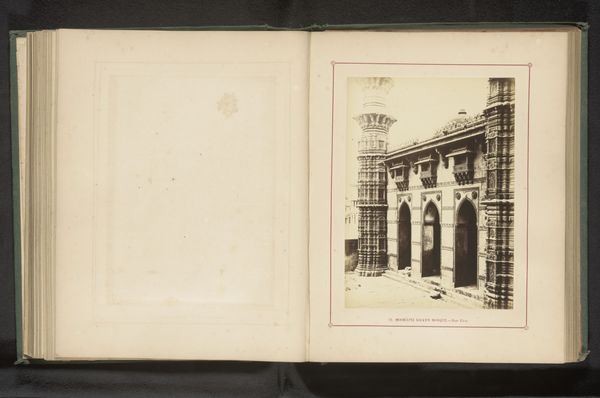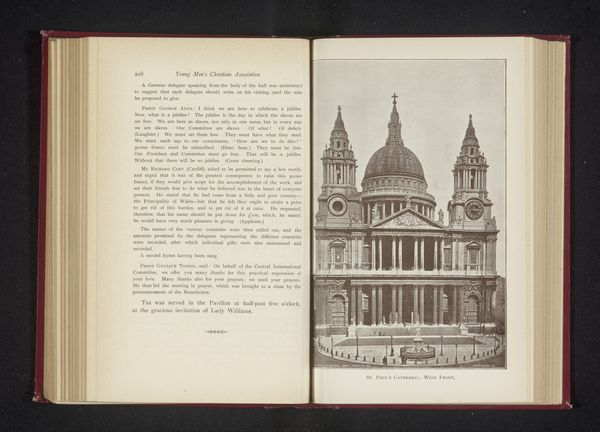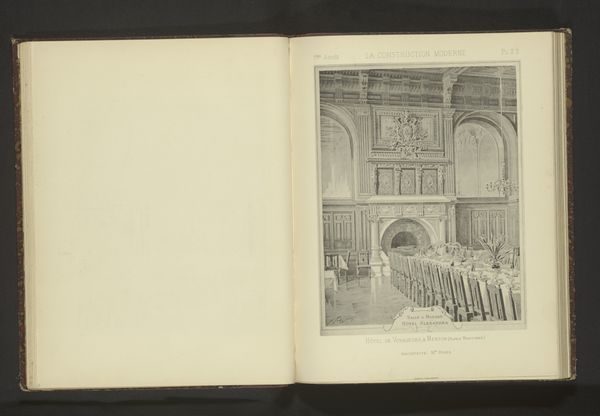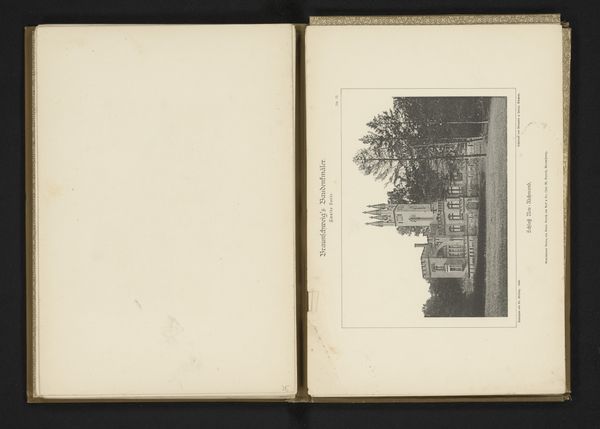
drawing, paper, ink, architecture
#
drawing
#
sketch book
#
landscape
#
paper
#
11_renaissance
#
ink
#
sketchbook drawing
#
cityscape
#
italian-renaissance
#
architecture
Dimensions: height 168 mm, width 117 mm
Copyright: Rijks Museum: Open Domain
Editor: This is a drawing from before 1898 titled "Gezicht op het Baptisterium San Giovanni in Florence" made anonymously using ink on paper. It looks like it’s part of a sketchbook. The way the artist captured the architecture feels so precise. What catches your eye in this piece? Curator: The primary element that commands attention is the architectonic structure itself. Observe how the artist meticulously renders the geometric precision of the Baptistery. The octagonal form, capped with its cupola, creates a balanced, self-contained unit within the composition. How do you interpret the use of line in defining these forms? Editor: I notice the linework varies—thicker lines give weight to the base, while finer lines detail the upper levels, creating depth. Curator: Precisely. The modulation of line weight serves not only to delineate form but also to articulate a hierarchy of visual importance. Consider how the repetition of arched windows and the subtle play of light and shadow contribute to the overall rhythm. Does this rhythm evoke any particular feeling in you? Editor: It feels very balanced and ordered, but also a little static, perhaps due to the limited tonal range. Curator: Indeed. The limited tonal range emphasizes the formal structure. This absence of strong tonal contrast invites a focus on the relationships between line, form, and the overall composition. Editor: This emphasis on form really makes me appreciate the architectural detail, even without a full range of color or shading. Curator: And I appreciate you identifying this as we examined the interplay between architectural representation and artistic interpretation within the artwork’s structural elements.
Comments
No comments
Be the first to comment and join the conversation on the ultimate creative platform.
